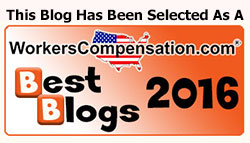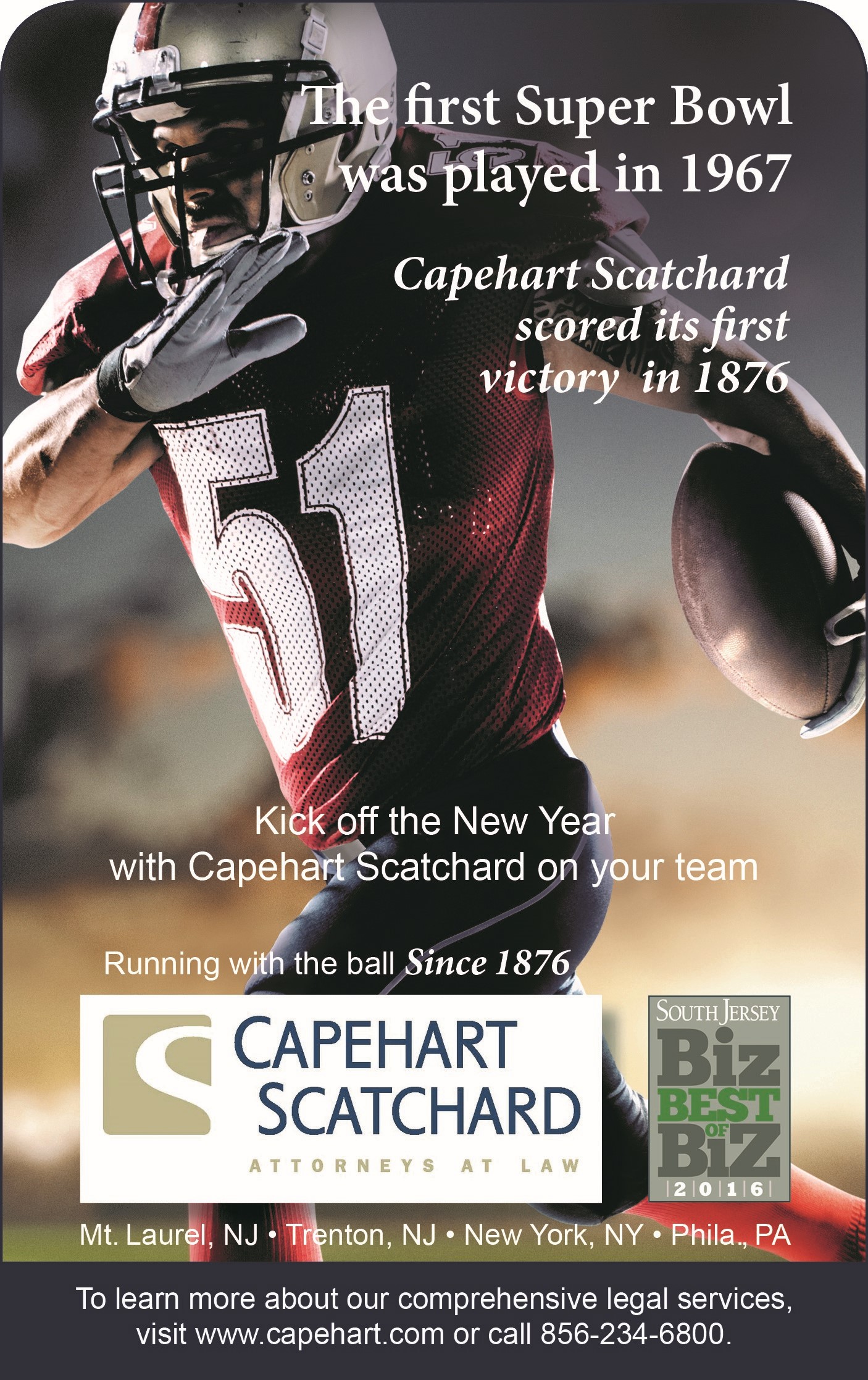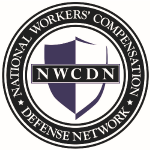The “General Employer” Is Immune From Civil Suit From An Employee Loaned To A “Special Employer” In New Jersey
In December 2006, Bobby Robinson was injured working at a construction site in Asbury Park, N.J. when a jack hammer “kicked back” and knocked him off a ladder. He filed two workers’ compensation petitions: one against Tishman Construction Corporation and the other against Air Joy Heating and Cooling, Inc. The two companies asserted joint responsibility for workers’ compensation benefits and an order approving settlement was entered in the Division of Workers’ Compensation.
During the receipt of workers’ compensation benefits, Robinson also brought a civil suit against Tishman Construction Corporation (hereinafter “Tishman”). Tishman filed an answer to the complaint contending that Robinson’s suit was barred by the exclusive remedy provision of N.J.S.A. 34:15-8, which prohibits civil suits against employers except in the case of intentional harm. The question before the court was whether Tishman was in fact Robinson’s employer.
The construction site in Asbury Park was owned by Paramount Homes, which wanted to build three residential units on its property. Paramount contracted with Tishman to provide administrative and supervisory staff for the site and to monitor labor levels and equipment, as well as manage trade contractors. Tishman then entered into a contract with Air Joy as the HVAC subcontractor for the site.
Air Joy’s job was to install exhaust vents by cutting out duct openings in the exterior walls. However, Air Joy could not use its own employees to do this. The Local 595 Laborers Union (Local 595) claimed this project, and since Air Joy did not have any contract with the Union it could not hire union employees directly. Air Joy relied on Tishman to do this because Tishman was a signatory to the labor union. Air Joy would tell Tishman’s construction superintendent how many laborers were needed, and then Tishman would provide the laborers through the union.
Robinson was told to report to the construction site in August 2006. He reported to Kenny, the Air Joy foreman. Robinson said that while on the site Air Joy employees directed his work. However, he submitted his time sheets to Tishman’s labor foreman. Tishman employees gave the final sign-off on the time sheets before sending them to payroll. Tishman paid Robinson directly and then charged Air Joy back for his wages. The payor on the checks was Tishman. Before he received a paycheck, Robinson would have to show his Social Security card and driver’s license to the appropriate individual at Tishman.
Tishman’s project foreman testified that Robinson worked for Air Joy on loan from Tishman. Tishman’s project foreman patrolled the site for safety issues and checked on employees. Tishman retained the right to fire union workers and had exercised such power in the past. When Robinson was injured, a Tishman employee called the ambulance that took him to the hospital, and Tishman filled out the accident investigation report.
The trial court found that Tishman was Robinson’s general employer and Air Joy was its special employer. That gave both companies immunity from civil suit. The Court of Appeals affirmed that decision, noting that both companies shared in responsibility for the workers’ compensation claim. The Court said that it was clear that Tishman was a general employer. “There was an implied contract of hire based upon the fact that plaintiff’s services were procured by Tishman through his union, he performed work, and was paid. Tishman paid his wages. Tishman had the right to control the work and the power to both hire and discharge him. Tishman was plaintiff’s employer and is entitled to the immunity provided by the Act.”
This case shows that employers benefit from joint employer situations such as general and special employer relationships. Both the general and special employer are entitled to immunity from civil suit in the case of injury to a borrowed employee. The case may be found at Robinson v. Tishman Construction Corp. of New Jersey, A-1370-11T4 (App.Div.June 28, 2013).
________________________________________________________________________
This blog article was researched and written by John H. Geaney, a member of the executive committee and equity partner at the law firm of Capehart Scatchard. The content of the this article is intended to provide general information on the topic presented, and is offered with the understanding that the author is not rendering any legal or professional services or advice. This article is not a substitute for legal advice. Should you require such services, retain competent legal counsel.








Connect with Capehart Scatchard